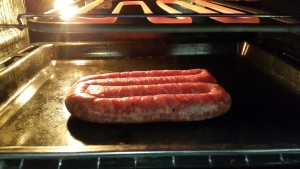
Ever noticed how your sausage looks so full and glossy in the shop, but by the time you’re done cooking it’s all dry and shrivelled?
With nothing better to do at home I’ve been weighing my sausage boerewors before and after cooking it and recording the results. It’s by no means scientific, but it does give you an idea of how much meat, fat and water is in your sausage.
As far as I can tell pretty much all the boerewors in supermarkets comes from Freddy Hirsch. A nice homely name that conjures up images of abattoir floor sweepings Ma and Pa in their high street butchery. But we all know the reputation of sausages when it comes to their “meat” content, and we don’t care.
Over the years (yes, years: I started in 2013, but had a year off when I wasn’t cooking for myself) I have bought from various branches of Spar, Pick n Pay and a local delicatessen type place in Maun, Delta Deli (much recommended for other cooking things like huge slabs of cooking chocolate, unusual baking bits and pieces and lovely cake).
My method is basic:
- Note the weight on the label
- Weigh the empty pan/tray
- Put the wors in the pan and weigh the combination
- Cook until charred (usually under an electric grill, with attendant backdrafts and smoke)
- Weigh the cooked combination
- Remove the wors and weigh the tray
- Eat wors and whatever delight it is being served alongside
- Do the maths:
- Subtracting 2 from 3 gives you the actual weight before cooking.
- Subtracting 3 from 5 tells you how much water has evaporated (assumes negligible quantities of fat have flared off).
- Subtracting 6 from 5 tells you how much your cooked wors weighs.
- Subtracting 2 from 6 tells you how much gunge has left your sausage during the whole sorry episode.
I’ve recorded moisture loss in excess of 50% with an average of 40%, and fat content up to 17% with an average of 8%. Have a look at the table below and draw your own conclusions about value for money.
| Date | Type | Shop | Label Raw Wt. | 2. Raw Pan Wt. | 3. Raw Total Wt. | 4. Cooked Total Wt. | 5. Cooked Pan Wt | 8.1 Actual Raw Wt. | Variance from label % | 8.3 Cooked Wt. | Fat Lost Wt. | 8.4 Fat Lost % | 8.2 Moisture Lost | Moisture % |
| 01-Jun | n/a | Spar | 508 | 898 | 1387 | 1133 | 909 | 489 | 96% | 224 | 11 | 2% | 254 | 52% |
| 15-Jun | Vrystater | Spar | 530 | 898 | 1413 | 1272 | 967 | 515 | 97% | 305 | 69 | 13% | 141 | 27% |
| 01-Dec | Traditional | Delta Deli | 780 | 925 | 1678 | 1350 | 943 | 753 | 97% | 407 | 18 | 2% | 328 | 44% |
| 15-Dec | Vrystater | Delta Deli | 536 | 898 | 1418 | 1193 | 928 | 520 | 97% | 265 | 30 | 6% | 225 | 43% |
| 10-Feb | Bloubul | Delta Deli | 460 | 900 | 1350 | 1114 | 912 | 450 | 98% | 202 | 12 | 3% | 236 | 52% |
| 13-May | Kameelhout | Delta Deli | 628 | 896 | 1534 | 1349 | 950 | 638 | 102% | 399 | 54 | 9% | 185 | 29% |
| 15-Jul | Flavour Lab Mild Moz Peri Peri | Spar | 600 | 1296 | 1895 | 1666 | 1399 | 599 | 100% | 267 | 103 | 17% | 229 | 38% |
| 30-Jul | Grabouw | Spar | 556 | 1299 | 1832 | 1678 | 1387 | 533 | 96% | 291 | 88 | 16% | 154 | 29% |
| 07-Aug | Venison | Pick n Pay | 1300 | 1955 | 1742 | 1359 | 655 | – | 383 | 59 | 9% | 213 | 33% | |
Next one on the list is to repeat the exercise on chicken breast: less fat but pretty sure they are maximising the added water, it’ll be a bit trickier because I like to throw in spices, soy sauce, Worcestershire sauce and other stuff which will effect the cooked weight.
Sorry about the table formatting… will have to fettle this later.
Edit to add, we’re only a step away from a wors containing enough fat to be able to cook itself:
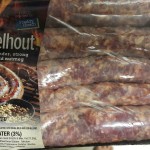
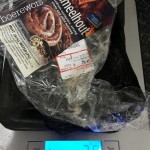
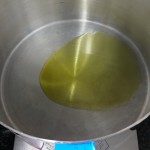
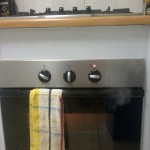
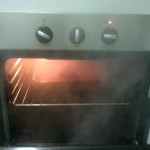
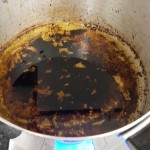
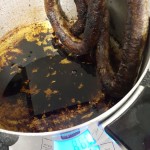
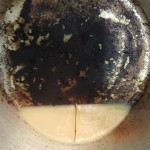
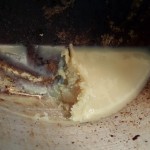
Absolute scientific genius as usual Mr Knott. Having the inaugural millington-hay E17 BBQ on satda and will put your methods to the test!
Problem with a braai is that you can’t collect and weigh the fat. However, if they are fatty enough there is always the possibility that they can partially cook themselves as the fat ignites…
Al Millington liked this on Facebook.